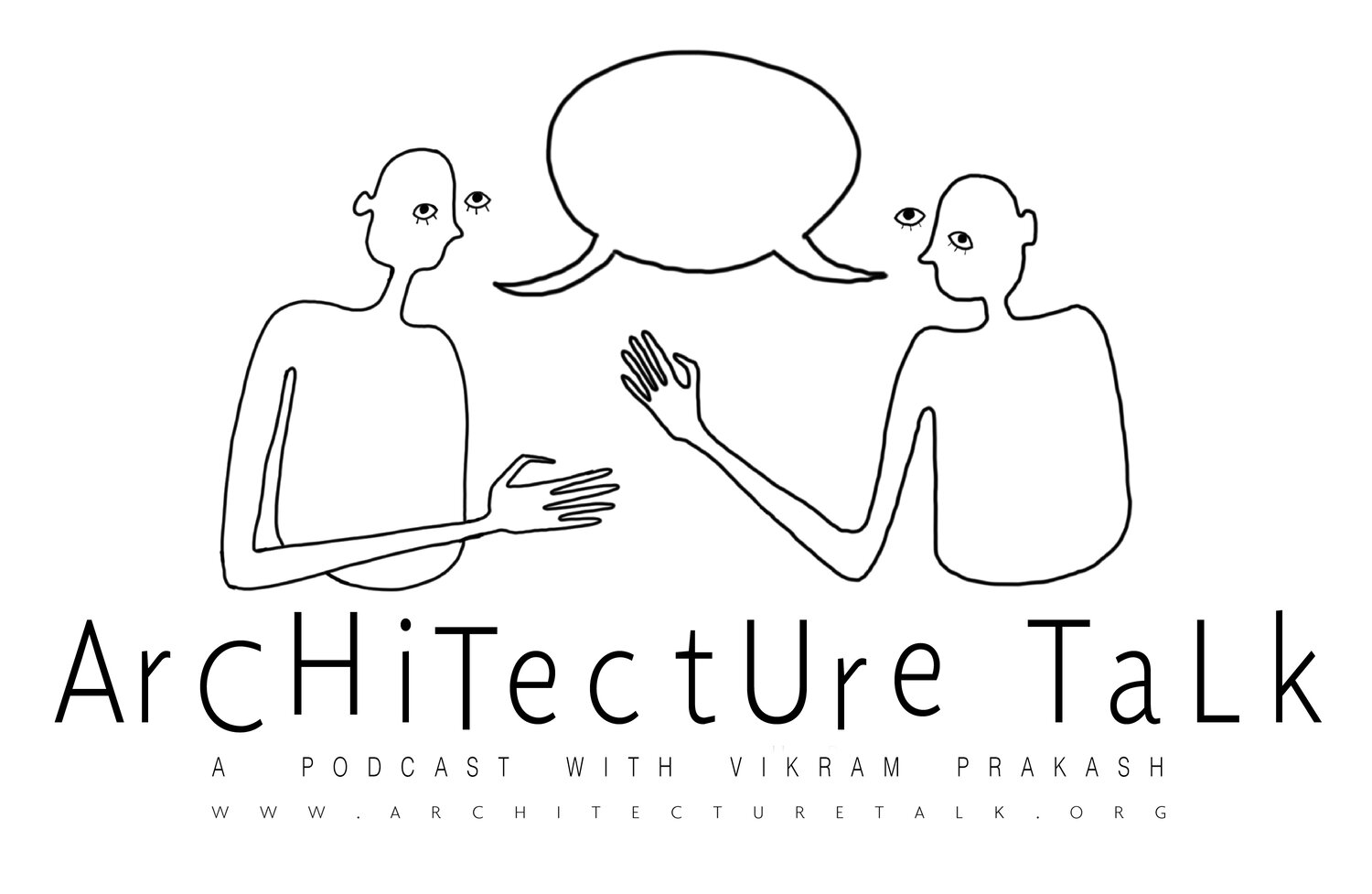88. The Dialectics of the Ramayana and the City of Changing Shape with Arshia Sattar
Original Drawing by Tori Haynes
“The magic of the Ramayana is not that it reflects a historical moment. Its the fact that it doesn’t. It reflects a moment of the imagination.”
Arshia Sattar
How might literature help inform the way we talk, think, and design the city? How differently would we build it? This week, scholar and translator Arshia Sattar brings her immense knowledge of the Hindu Epic The Ramayana to talk about ethics, morality, sensuality, and space and how we might imagine a city of changing shape.
Timestamp Outline
1:00 Arshia Sattar, translator and scholar.
4:35 Current global rise of fascism, especially in the United States
5:30 Vikram and Arshia talk about being an independent scholar
7:00 The personal is the political
9:30 Jawaharlal Nehru and post-indenpendence Indian politics
12:00 Valmiki’s Ramayana
15:00 “Does the idea of Rasa exist in the Ramayana’s writings? Is it present in the language?” VP
15:10 “Yes and no. Rasa is retrospectively used to understand Ramayana and to color it. It’s also true that the Ramayana was not composed in a single instant by a single person, it was composed over centuries. What we call Valmiki’s Ramayana was probably put together over about 300 or 400 years.” AS
16:00 discussion of Karuna, or compassion, as the primary rasa of the text
19:00 “What is the rasa of the Mahabharata?” AS
22:20 “In the Ramayana, there is a co-identity between place and morality, between city and ethics, between forest and dharma, as if they both produce each other...how do you see that, is it like a causality between the two?” VP
25:45 “I think the epics are really about the tension between the priestly class and the warrier class...and the way it is articulated in the epics is a tension between violence and non-violence.” AS
29:30 “The hardest translation to make is not one of language, but of politics.” AS
30:10 “In the Hindu universe (like every other religion) is fundamentally patriarchal and...phallogocentric...we are told to think of the temple as the microcosm of the human body...but when have we ever thought to create a city FOR WOMEN? Cities are not made for women. They are fundamentally masculinist enterprises...but if we imagine a city as a woman, how differently would we build it?” AS
32:00 discussion of western, modernist relationship between city and morality
32:15 Hannah Arendt and the discussion of a democratic public space
32:40 Lefebvre and the production of space
39:30 Hanuman
44:25 “For me, the magic of the Ramayana is not that it reflects a historical moment. Its the fact that it doesn’t. It reflects a moment of the imagination.” AS
48:50 Luce Irigaray’s “This Sex Which is Not One.”
52:30 “Identities are fluid, but Kama-Rupa is an act of will.” AS
57:30 “Why should a city determine morality? Who gave the city the right to police women’s behavior? What kind of city chooses to police its women but not its men?” AS







